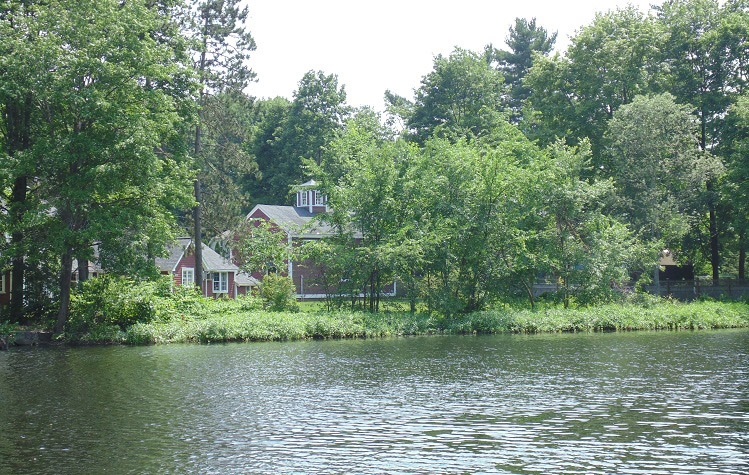Unsure What is Right for You?
Use our online assessment tool to see what information, tools and resources are available here that best meet your needs.
Need to speak to someone by phone about a caregiving issue? There are options to contact someone directly for help.
TEXT SIZE
SHARE

High blood pressure, which is also known as hypertension, is one of the most common health conditions affecting American adults. The CDC estimates nearly half of adults in the United States have high blood pressure.
Blood pressure is the measure of the force of blood pushing against the wall of arteries as the heart pumps blood. If this pressure rises and stays high over time, it can damage the body in many ways and lead to coronary heart disease, heart failure, stroke, kidney failure and other health problems.
The National Heart, Lung and Blood Institute has a wealth of information about high blood pressure, while the Centers for Disease Control and Prevention
and American Heart Association also have informative sections on their sites.
U.S. Department of Health and Human Services provides a downloadable guidebook on controlling hypertension called, “Your Guide to Lowering Blood Pressure” [PDF].